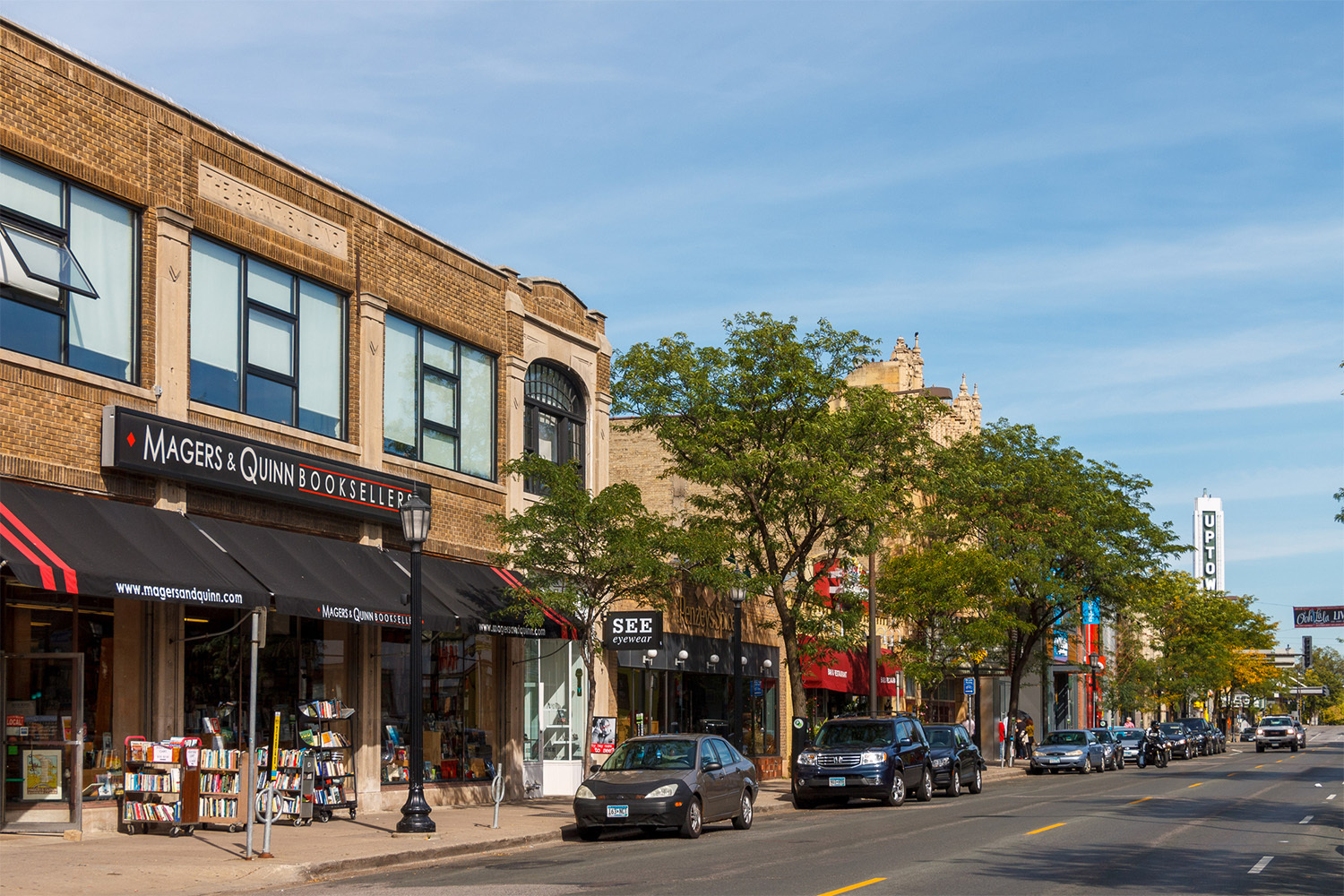
Is Uptown back? Once thought of as the most promising development neighborhood in Minneapolis, this area—long celebrated for its youthful fusion of global cuisine, local retail, and lively nightlife—has fallen on hard times. But after years of poor performance, could Uptown be in for a revival?
Uptown’s decline didn’t happen overnight. The cultural energy that once defined the neighborhood struggled to return after the pandemic. Safety concerns, the lingering impact of civil unrest in 2020, and shifting perceptions made both residents and businesses think twice. Simultaneously, an aggressive wave of multifamily development in the late 2010s may have over-supplied the market just as demand softened. Add in the gravitational pull of newer, more polished neighbors like West Calhoun, and Uptown suddenly felt like it was lagging behind.
The data paints a nuanced picture. Rents in Uptown have dropped 3.45% over the last three years, bringing average asking rents to $1,479. But context matters: compare that to North Loop’s 10.97% decline, and Uptown looks remarkably resilient. West Calhoun has posted modest gains of 3.91%, but it also comes at a higher price point, with average asking rents around $1,691.
Occupancy tells a similar story. Uptown's current leased rate sits at 93.3% — not far behind the 96.1% seen in both West Calhoun and North Loop. In short, while the buzz may have faded, renters haven’t left. The neighborhood still holds appeal, especially for those seeking value in an inflation-sensitive market. With a net effective rent (NER) of just $1,349, Uptown offers the most affordable option among its peers.
What’s most interesting isn’t just what’s happening now—it’s what’s not happening. Only 62 new units are currently under construction in Uptown. That’s just 0.6% of total market inventory, a near standstill compared to earlier years. This pause could prove healthy: without a flood of new supply, existing properties have a chance to catch up and stabilize.
But the lull may not last long. Over 1,600 units (15.6% of the current market) are in the planning or approval stages. That kind of pipeline signals long-term developer confidence. While no one is betting on an overnight transformation, the capital is clearly lining up for a future version of Uptown—one that could blend affordability, centrality, and renewed cultural energy.
Population growth is flat (+0.3% YoY), and household size remains low at 1.9. But there are some surprising demographic shifts happening under the surface:
It’s not the exact audience that packed rooftop patios in 2018, but it could be the foundation of a new kind of neighborhood identity.
Not quite. But it's no longer falling. Uptown is resetting—and in today’s volatile multifamily market, that counts for a lot.
The numbers show a submarket that’s affordable, largely stable, and attracting serious long-term bets from developers. It may never return to its old form—but a new one is quietly emerging. One worth watching.
At Corridor, we’re tracking submarkets like Uptown not just because of what they were—but what they could become. Whether you’re planning your next acquisition, reevaluating a struggling asset, or just curious where the next rebound could hit, you can count on Corridor to take every shift into consideration.
[Market data sourced from ApartmentIQ]